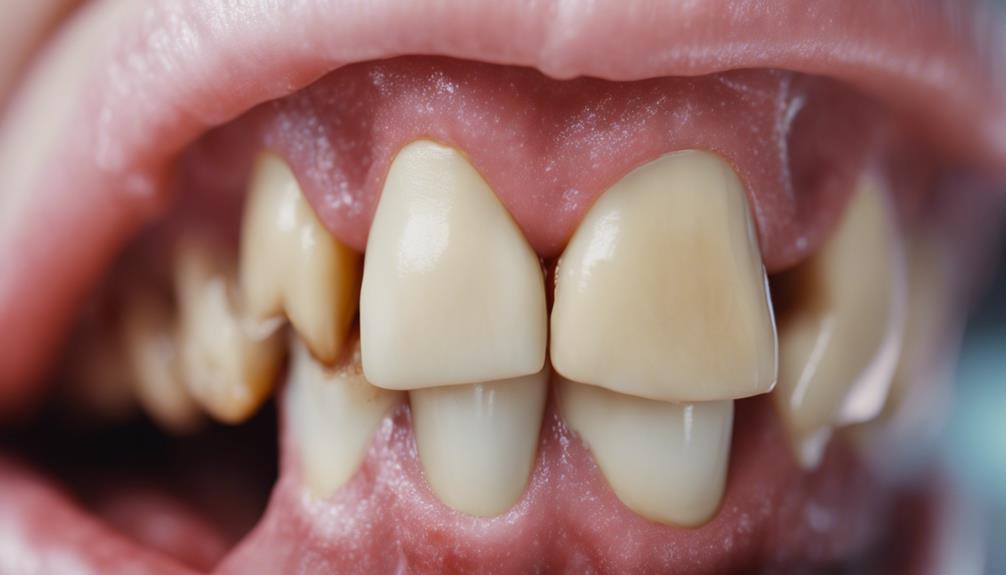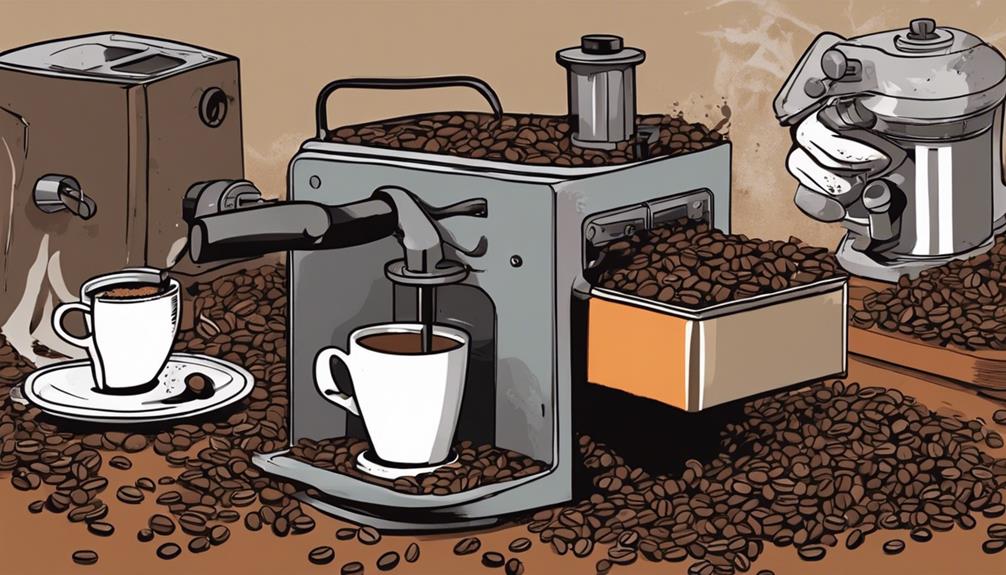To block someone on Coffee Meets Bagel, all you need to do is go to your chat with them, tap the three dots, and select ‘Block’. By choosing this option, you can prevent them from contacting you, giving you control over your interactions and privacy. This action ensures that the person will not be able to see you or contact you without any notifications being sent. If you decide to unblock them, you can simply access your chat and click ‘Unblock’, allowing you to view their profile again and receive messages. By following these steps, you are in control of your experience on the app.
Key Takeaways
- Access the chat with the person and tap on the three dots to block them.
- Blocking prevents further contact and maintains privacy.
- Navigate to the profile, tap on the three dots, and choose 'Block.'
- Confirm the block action to cut off communication.
- Easily reverse the block by accessing the chat and selecting 'Unblock.'
Accessing the Block Feature
To access the block feature on Coffee Meets Bagel, simply go to the chat with the person you wish to block. Once you're in the chat, tap on the three dots located in the top right corner of the chat screen. A menu will appear, and from there, select the 'Block' option.
By choosing to block the user, you prevent them from contacting you further on the online dating platform. Blocking someone on Coffee Meets Bagel guarantees that the individual can no longer see your profile or reach out to you through the app. This action gives you the power to control who can interact with you, maintaining your privacy and creating a more comfortable online dating experience.
It's a straightforward process that puts you in charge of your connections on the platform, allowing you to curate your interactions to your preference.
Navigating to the Profile

When you want to block someone on Coffee Meets Bagel, start by finding their profile.
Click on their profile picture or name in your chat to access their profile details.
Look for the three dots or settings icon on their profile to locate the block option.
Accessing User's Profile
Navigate to the user's profile by tapping on the profile picture or name of the person you wish to interact with on Coffee Meets Bagel.
Once you have accessed the profile, you can explore further options to manage your interactions.
To access the user's profile effectively, follow these steps:
- Tap on the three dots located in the top right corner of the user's profile to reveal additional options.
- Look for the 'Block' option in the menu that appears when you tap on the three dots.
- Confirm that you want to block the user by selecting 'Block' again when prompted.
Locating Block Option
Access the person's profile on Coffee Meets Bagel by tapping on their profile picture or name to locate the block option. Once you're on the person's profile, keep an eye out for the three dots or settings icon situated in the top right corner of the screen. This icon will grant you access to a range of additional options.
Tap on those three dots or the settings icon, and a menu will pop up. In this menu, you should see the 'Block' option listed among the choices. Select 'Block,' and a confirmation prompt will appear asking you to confirm your decision.
Once you confirm, the person will be successfully blocked, preventing them from reaching out to you on the app. Remember, blocking someone can be an important step in maintaining your privacy and ensuring a comfortable experience on Coffee Meets Bagel.
Identifying the Three Dots
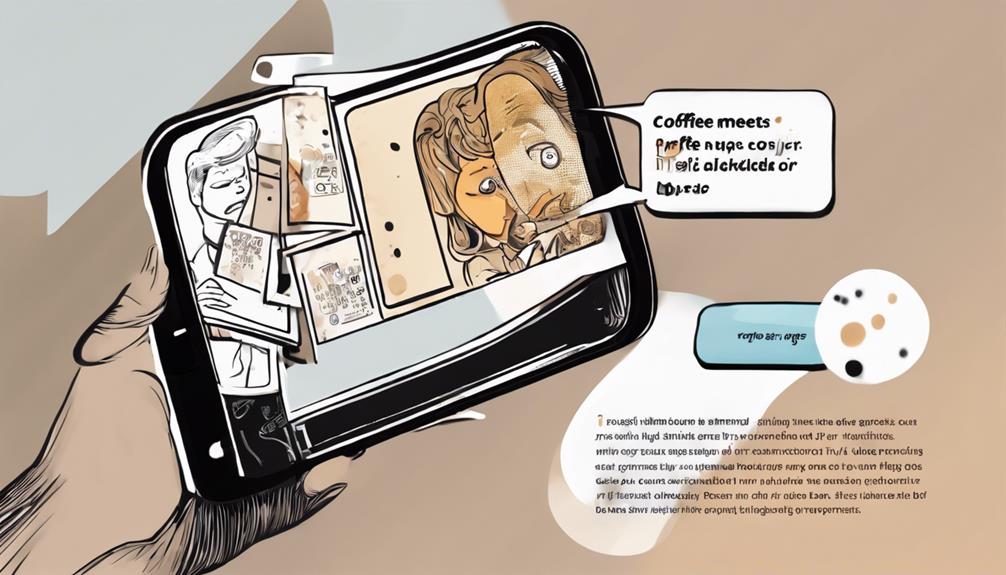
When looking to block someone on Coffee Meets Bagel, the three dots play an important role. These dots, usually found in the top right corner, provide access to the block option.
Simply click on the three dots to bring up the menu and select the block feature to manage unwanted interactions.
Three Dots Purpose
By locating the three dots on a Coffee Meets Bagel profile, you can easily access additional options for managing your interactions on the app. These three dots are conveniently placed next to the user's name or pictures, allowing for quick access to various actions.
When you tap on these dots, a menu will pop up with several choices to help you navigate your interactions smoothly. Here's what you can do with the three dots:
- Block the User: Prevent the individual from seeing your profile or reaching out to you.
- Report the User: Flag inappropriate behavior or content to the Coffee Meets Bagel team for review.
- Access Other Options: Explore additional features such as saving the profile for later viewing or sharing it with friends.
Finding Block Option
To locate the option to block someone on Coffee Meets Bagel, simply identify the three dots icon on the individual's profile or within your chat conversation. These three dots are typically situated in the top right corner of the person's profile or on the chat screen.
By tapping on these dots, a menu will appear with various options, one of which is the ability to block or report the user. Blocking an individual on the app ensures that they can no longer contact you or view your profile, enhancing your privacy and security.
This feature is designed to create a safe and comfortable environment for users, allowing you to control who can interact with you on the platform. So, if you encounter someone you wish to block on Coffee Meets Bagel, simply locate those three dots, tap on them, and select the block option to take charge of your interactions.
Click to Block
Look for the three dots icon in the top right corner of the person's profile on Coffee Meets Bagel to find the option to block them. Once you've located the ellipsis icon, follow these steps to block the user:
- Click on the three dots next to the person's profile picture.
- A dropdown menu will appear with options like 'Block' and 'Report'.
- Select the 'Block' option from the menu to prevent the user from contacting you on the app.
Initiating the Blocking Process
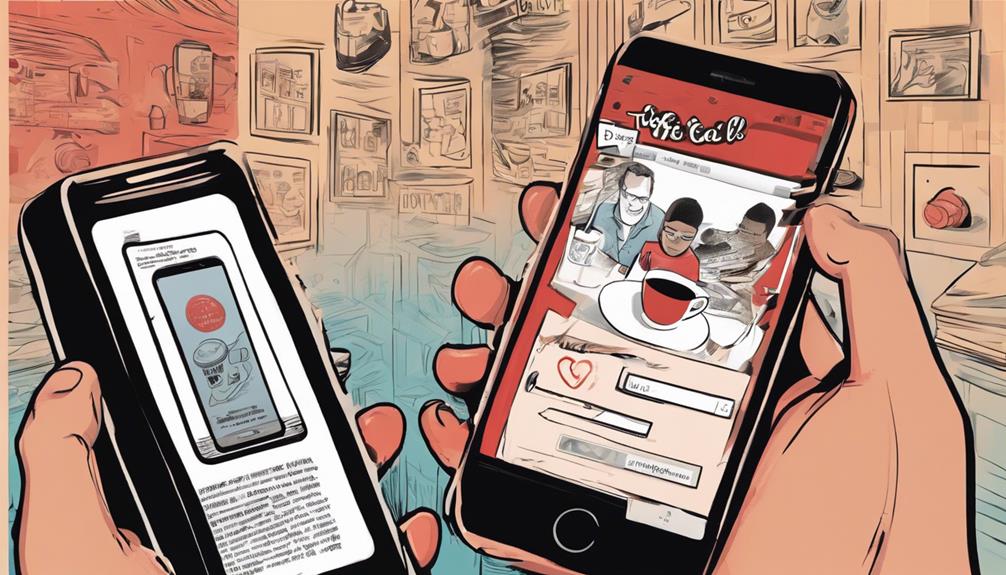
When you want to block someone on Coffee Meets Bagel, navigate to their profile and tap on the three dots in the top right corner. This action will open a menu where you can select the 'Block' option.
By initiating the blocking process, you're taking control of who can interact with you on the app. Once you block someone, they'll be unable to view your profile, send you messages, or engage with you in any way through Coffee Meets Bagel.
Keep in mind that the person you block won't receive a notification about being blocked, ensuring your privacy. Blocking is a powerful tool to manage your connections and safeguard your personal information.
If you ever decide to unblock someone, you can easily do so by accessing your settings, choosing 'Blocked Bagels,' and then selecting the option to unblock the individual.
Take charge of your privacy and interactions by initiating the blocking process on Coffee Meets Bagel.
Confirming the Block Action
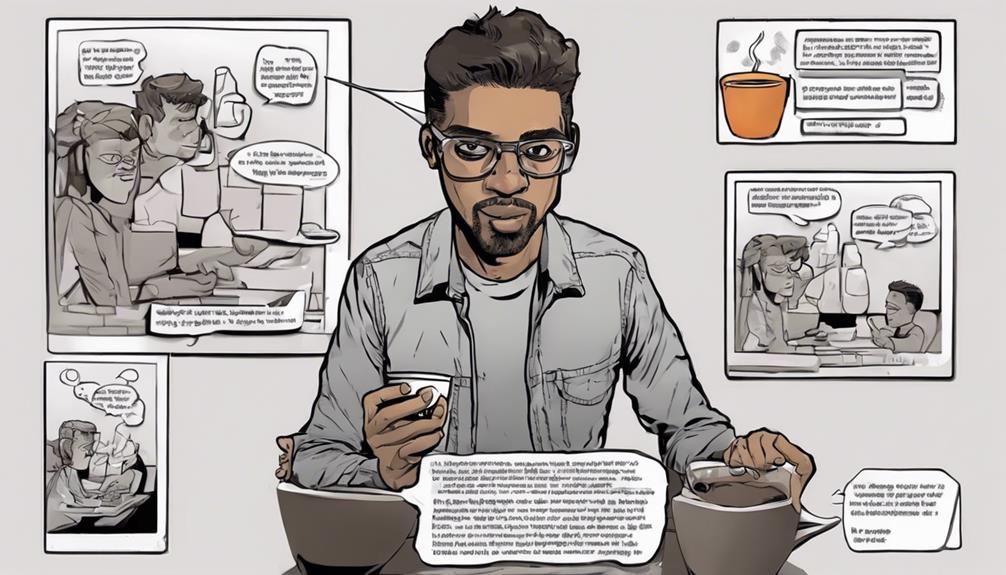
To verify the block action on Coffee Meets Bagel, it's essential to confirm that the individual you're blocking will no longer have access to your profile or be able to contact you in any way. Blocking someone guarantees your privacy and control over interactions on the app.
Once you have initiated the block, follow these steps to confirm the action:
- The person you block will be unable to see your profile or contact you through Coffee Meets Bagel.
- There's no notification sent to the person you have blocked, maintaining the privacy of the action.
- If you ever wish to unblock someone, you can easily do so by accessing your Blocked list in the app settings.
Blocking someone is a private and effective way to manage unwanted interactions. Confirming the block action provides you with peace of mind that your privacy is being protected on the platform.
Understanding Block Effects
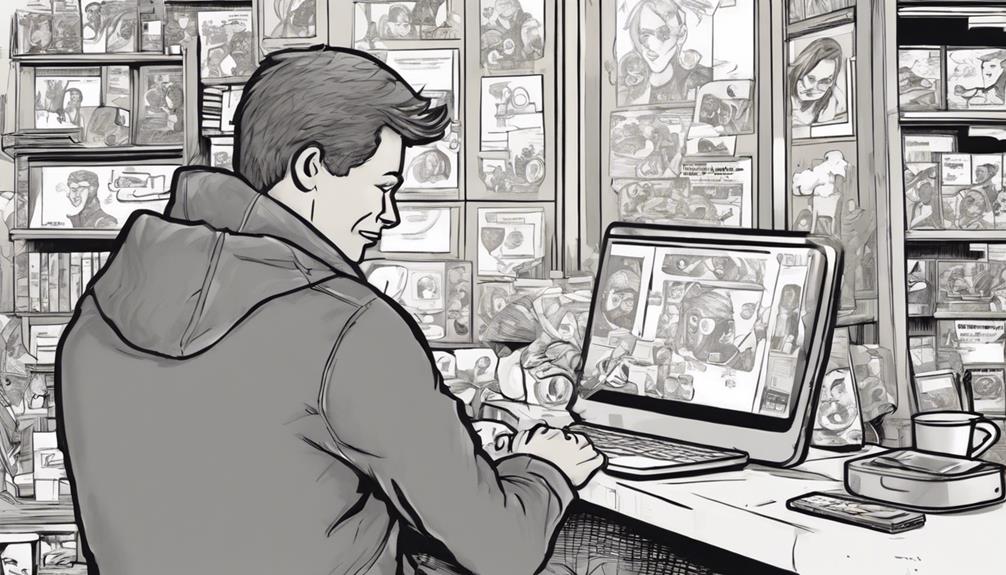
Blocking someone on Coffee Meets Bagel has significant effects on both your and the blocked individual's interactions within the app. When you choose to block a user, you are basically cutting off all communication and visibility between the two of you. This action is irreversible and comes with the following consequences:
| Effects on You | Effects on Blocked Individual |
|---|---|
| You will not see their profile or receive any messages from them. | They will no longer be able to see your profile or contact you. |
| This helps maintain your privacy and avoid unwanted interactions. | They will not be notified that you have blocked them. |
| You have the option to unblock them at any time in your account settings. | – |
Understanding the impact of blocking someone on Coffee Meets Bagel is crucial in managing your interactions and ensuring a comfortable experience on the app.
Reversing the Block Decision
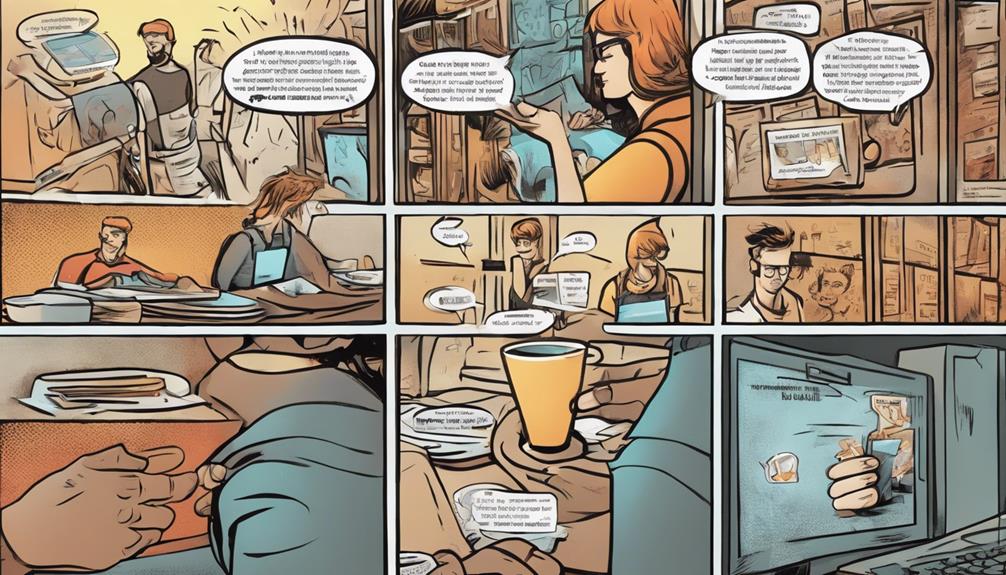
If you want to reverse a block on Coffee Meets Bagel, you can easily do so by accessing your chat with the individual you'd previously blocked. In the chat, tap on the three dots in the top right corner and select 'Unblock' to undo the block.
Once unblocked, you'll be able to see the person's profile and receive messages from them again. Remember, unblocking someone doesn't automatically re-match with them or restore any previous conversations.
It's crucial to understand that blocking and unblocking someone is a private action; the person you unblock won't be notified of the change. By following these steps, you can easily reverse a block on Coffee Meets Bagel without any hassle.
Seeking Additional Assistance
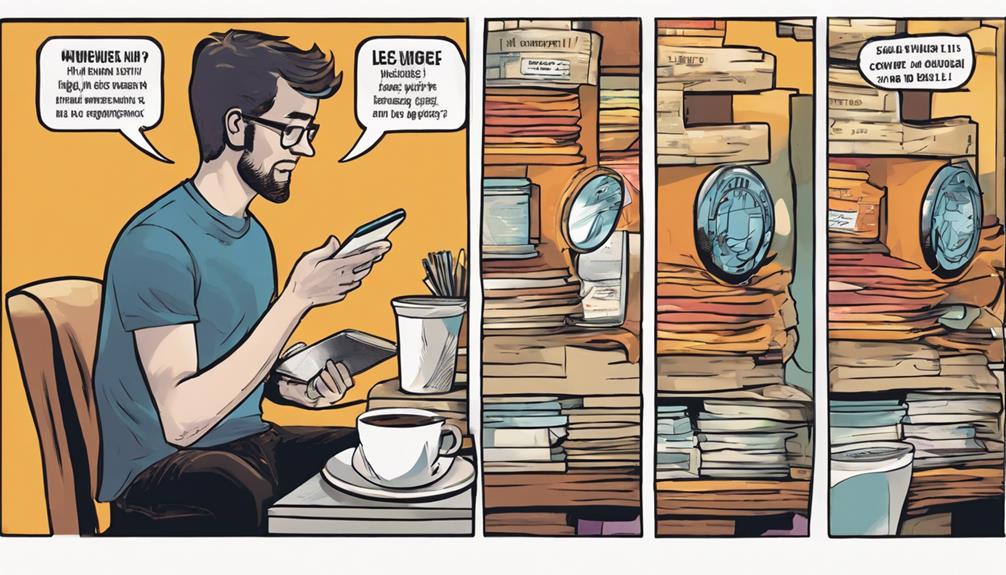
Wondering how to get additional assistance with blocking someone on Coffee Meets Bagel? If you're facing challenges or need extra guidance on the blocking process, reaching out to Coffee Meets Bagel's customer support can be a great solution. The support team is readily available to provide you with step-by-step instructions and personalized assistance to guarantee that you can effectively block a user on the app without any hassle. Don't hesitate to contact customer support if you encounter any difficulties or have questions regarding blocking users. Here's a helpful table to illustrate the benefits of seeking additional assistance:
| Benefits of Seeking Additional Assistance |
|---|
| 1. Personalized guidance |
| 2. Step-by-step instructions |
| 3. Prompt resolution of issues |
| 4. Expert support |
| 5. Ensuring effective blocking |
Frequently Asked Questions
Can You Block Someone on Coffee Meets Bagel?
Yes, you can block someone on Coffee Meets Bagel. Simply go to their profile, tap on the three dots, and select 'Block.' Once blocked, that person won't see your profile or be able to message you.
Can You Go Incognito on Coffee Meets Bagel?
Want to hide your online presence on Coffee Meets Bagel? Unfortunately, the app doesn't offer an incognito mode. However, you can still maintain privacy by blocking unwanted users. To do so, visit their profile, tap the three dots, and click 'Block.'
What Happens When You Hide and Unmatch on Coffee Meets Bagel?
When you hide someone on Coffee Meets Bagel, they disappear from your matches and chats. Unmatching erases all history with that person. Blocking prevents them from finding your profile. Remember, unmatching is permanent, so choose wisely before cutting off communication.
What Happens if You Report Someone on Coffee Meets Bagel?
Reporting someone on Coffee Meets Bagel triggers a review by the support team. Your safety matters – over 90% of reported users face consequences for inappropriate behavior. Protect yourself and the community by reporting any concerns promptly.
Conclusion
So, there you have it – the simple steps to block someone on Coffee Meets Bagel and guarantee your privacy.
Because sometimes, the best way to connect with others is by disconnecting from those who bring negativity into your life.
Remember, blocking can be a powerful tool in protecting yourself and maintaining a positive online dating experience.
Happy swiping!


